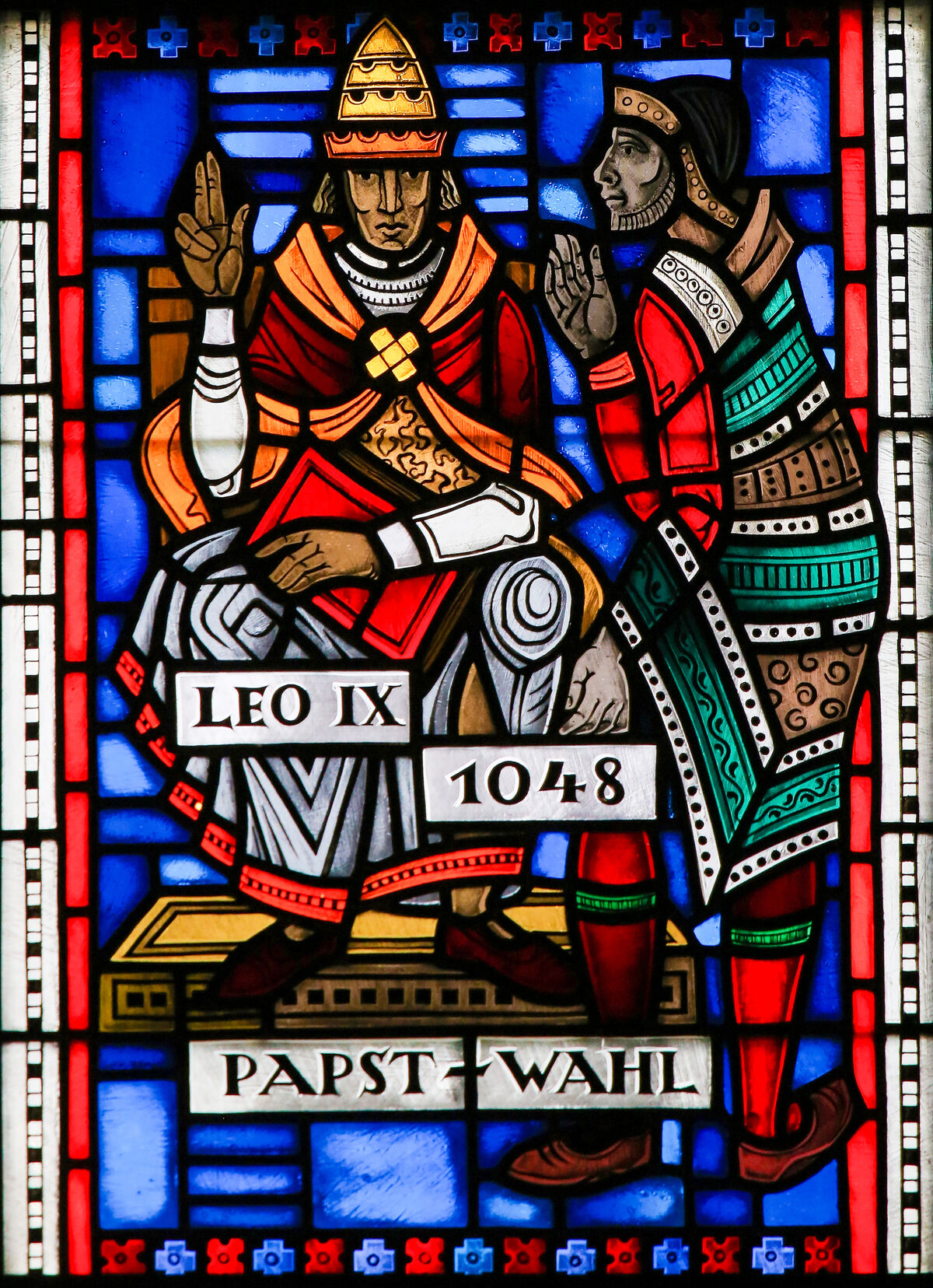When the western part of the Roman Empire, also known as the Western Roman Empire, fell in 476, European territory was divided into small independent kingdoms. All that remained was the Catholic religion, feudalism and the Latin language to unite them. During the Middle Ages, Western European society grew in importance and spread throughout the world over the following centuries.
The Middle Ages is the historical period between Antiquity and Modern Times. Historians generally agree that the Middle Ages began in 476 (with the fall of the Western Roman Empire) and ended in 1492 (with Christopher Columbus's voyage to America).
The Christian religion helped to provide common structures and values for the various kingdoms that formed in the West. In addition, the Church, led by the Pope, exercised its power over the population and most of the nobles.

Leon IX was pope from 1049 to 1054, the year of his death. He was initially appointed by the Emperor of the Holy Roman Empire, but he also insisted on being elected by the clergy of Rome.
Source : jorisvo, Shutterstock.com
The Christian Church had a profound impact on the Middle Ages and the whole of Europe. There were the Crusades, the great military and religious expeditions, the transcription of religious books by copyist monks, the explosion of monastic orders, an influence on the architecture of great religious buildings, etc.
The medieval period was also marked by feudalism. Feudal society was made up of three orders (or groups): the nobility, made up of the king and the lords; the clergy, made up of people working for the Church; and the Third Estate, made up of peasants and craftsmen. The territory was organised into seigneuries, the main location of which was the fortified castle.
The Latin language continued to be used by the clergy and nobility despite the fall of the Western Roman Empire, which facilitated communication between the many kingdoms.
Here is a list of fact sheets dealing in greater depth with different aspects of the Christianisation of the West in the Middle Ages:
The concepts covered in the following sheets go beyond those seen in secondary school. They are intended as a supplement for those who are curious to find out more.